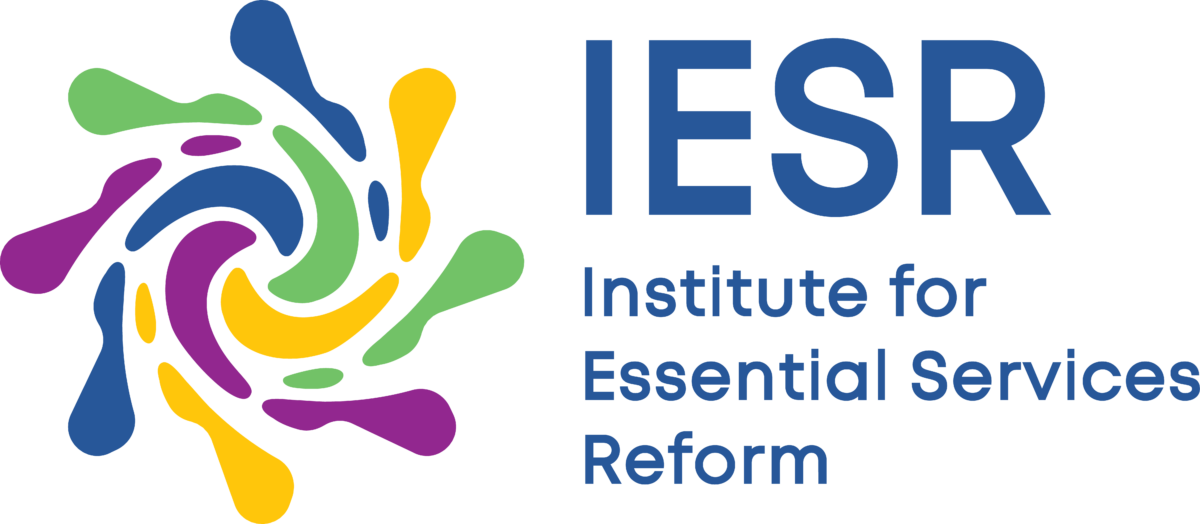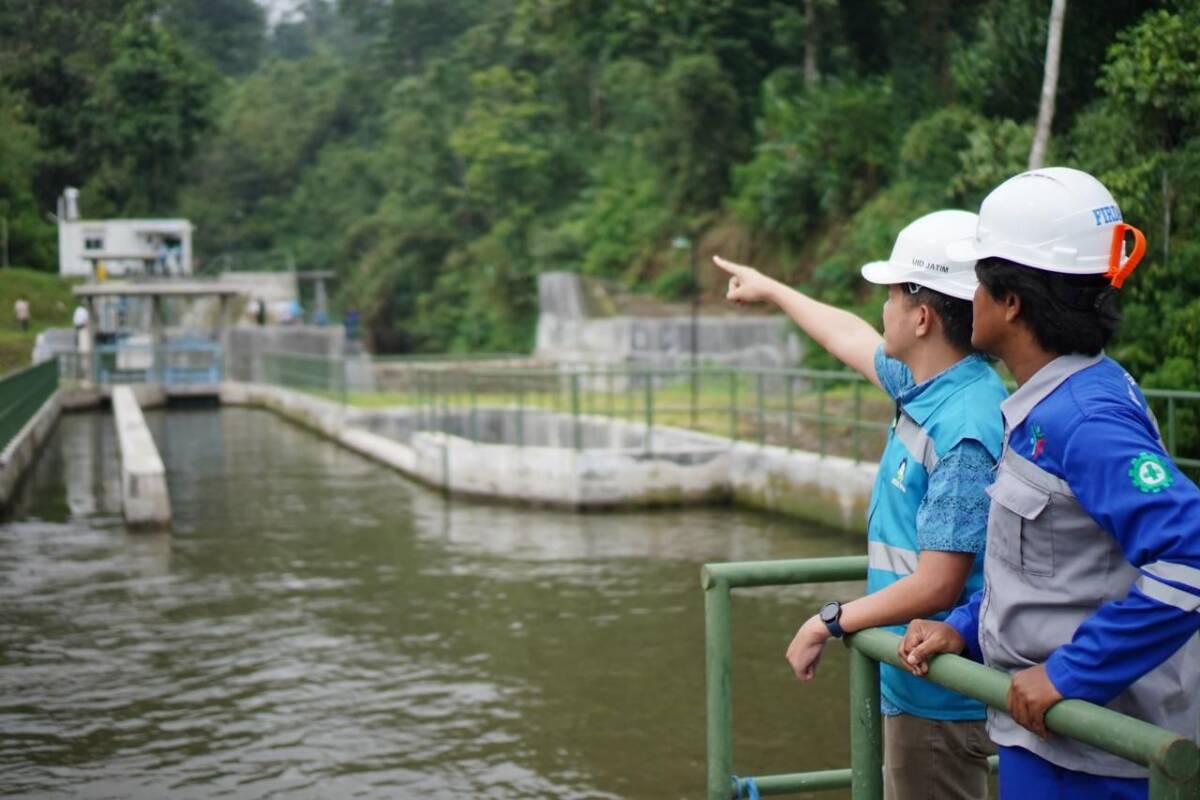Switching from conventional energy sources to renewables or energy transition is one of the main steps in mitigating greenhouse gases to reduce the impact of climate change. Based on the greenhouse gas (GHG) inventory report of the Ministry of Environment and Forestry (KLHK), since 2020, energy sector emissions have surpassed the land and forest sector which has been the largest contributor to GHG emissions since 2011. Energy sector emissions in 2022 reached 723.05 Mton CO2eq or 59.2% of total emissions in Indonesia.
The Indonesian government has committed to reduce GHG emissions by 31.89% on its own or 43.2% with international assistance, from the business-as-usual (BaU) scenario by 2030 as stated in the Enhanced Nationally Determined Contribution (ENDC) document. In the long term, Indonesia targets a net-zero emission condition by 2060 or sooner. Emission reduction from the energy sector is carried out through energy & transport efficiency, renewable energy development, low-carbon fuels, and carbon sequestration technology. Until 2023, Indonesia’s renewable energy mix was still around 13.2% of the 23% target in 2025. The involvement of various parties is needed to ensure the energy transition vision, including the government, financial institutions, the business sector, and the general public.
Indonesia has plenty of renewable energy potential. Based on an IESR study, Indonesia’s renewable energy potential reaches 7,879.43 GW from solar, wind, and micro-mini hydro energy. The diversity and the spreading of potential throughout Indonesia can be developed at various scales ranging from micro, home, communal, to utility-scale. These conditions can encourage widespread participation in the utilization of renewable energy, especially by the government and community groups at the local level.
In Central Java, the practice of renewable energy utilization emerged from the high cost of fossil energy and was realized through cooperation between the government, the business sector, and the general public. The solar water pump (PATS) in Kaliurip Village, Banjarnegara, for example, the district government provided the power generation system and pump, the community contributed the land occupied by the generation system, while the village government provided funds for the construction of pipes and irrigation channels. The collaboration succeeded in maintaining a sustainable water source for 20 ha of rice fields and increasing crop yields. The installation also reduced the community’s expenditure on diesel fuel for the conventional pump they used to use.
In West Java, the utilization of renewable energy means maintaining a long-used source of energy amidst the expansion of PLN’s electricity network. Starting from the limited electricity in Gunung Halu Village in West Bandung Regency, the villagers took the initiative to build a Micro Hydro Power Plant (PLTMH) with the local ESDM Office in 2007. Gunung Halu MHP succeeded in electrifying 80 houses and mobilizing the economy of the community who work as coffee bean farmers. This MHP also became one of the pilots in providing renewable energy access as a result of collaboration between the local government and the community.
Another interesting story emerged from South Sumatra. As a province with high bioenergy potential, biomass utilization in industry is quite easy to find. One of them is in the rice industry in Ogan Ilir Regency. Rice husks that used to pile up and disturb neighboring communities can now be used as fuel for power plants instead of coal and gas. Some palm oil industries also utilize their waste for energy generation. Liquid waste is processed through an anaerobic process to produce biogas which is converted into electricity. Solid waste in the form of fibers and empty fruit bunches is also used to fuel boilers. Such ecosystems can be replicated in other areas to realize a circular economy system.
Efforts to encourage the energy transition can also be obtained from Bali Province. As one of the international tourist destinations, Bali is always in the spotlight as a representation of Indonesia. Therefore, Bali has more initiatives in terms of regulations and regional planning related to renewable energy compared to other provinces, including through the Bali Clean Energy Regulation, the Rooftop Solar PV Circular Letter, and the Regional Regulation related to electric vehicles. With abundant renewable energy potential, Bali is also committed to achieving the net-zero emission target by 2045, ahead of the national target. Bali also initiated the Nusa Penida 100% Renewable Energy Programme as one of the pilot projects for clean energy provision on the islands. Through this approach, the opportunity for in-depth analysis and cooperation with various parties is wide open to reach the target.
Of the various regional efforts in renewable energy development, initiative and leadership at the community and government levels are key. Such initiative and leadership can be realized through innovations and programs implemented to encourage the use of renewable energy and respond to development constraints. With the issuance of Presidential Regulation Number 11 of 2023 concerning Additional Concurrent Government Affairs in the Energy and Mineral Resources Subfield of Renewable New Energy, local governments have broader authority in the development of renewable energy.
Through a combination of renewable energy potential, local government support, financial assistance, non-governmental organization guidance, and community participation, clean energy utilization at the local level is possible. Good renewable energy utilization models need to be written and published so that they can be replicated and developed in other areas. Thus, the target of renewable energy development can be achieved through the cooperation of all Indonesian people.

